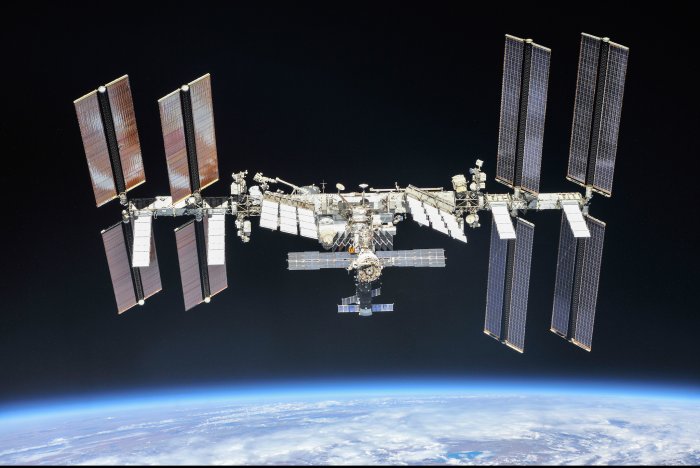1 of 3 | An illustration shows Space Tango's ST-42 science spacecraft in orbit around the Earth. Image courtesy of Space Tango
ORLANDO, Fla., March 1 (UPI) -- A Kentucky space firm that conducts science experiments on the International Space Station has plans to launch its own miniature, automated orbital research platform in about two years.
Lexington-based Space Tango has small research containers, or CubeLabs, on the space station. Bustling business and growing need for such experiments in microgravity led the company to plan its own space station, founder and CEO Twyman Clements said.
"As the scale of our business grows across a number of uses, having a dedicated spacecraft for manufacturing is the way to go," Clements said in an interview Friday.
He declined to say how much the company would spend on the project or how much each spacecraft might cost.
Founded in 2014 by Clements, an aerospace engineer, Space Tango installed its first small laboratory on the ISS in 2016 and a second in 2017.
Space Tango is among a growing number of firms that manufacture high-tech fiber optics, medical equipment and human tissue in the microgravity of space, mostly with advanced 3D printing.
Such orbital methods produce more delicate structures than on the surface, where gravity can create imperfections.
The space station, named ST-42, would be little more than a capsule with solar panels for electrical power and a heat shield. The interior could be reconfigured depending on what each mission required, Clements said.
The spacecraft has been in the design phase for about two years. Space Tango is trying to decide what type of propulsion ST-42 would have, he said.
"We're not necessarily interested in using hydrazine, which is common for in-space propulsion," he said, adding that hydrazine is a toxic and explosive chemical used to fuel many satellites but the company may seek a more environmentally friendly alternative.
Space Tango hasn't chosen a launch provider, but Clements said he has looked at ride-sharing launches with California-based companies SpaceX and Rocket Lab, among others.
Space Tango, which has about 22 employees, plans to launch a test prototype in 2023 that wouldn't have a heat shield, just to test launch and spaceflight, Clements said.
Typical missions would remain in a low-Earth orbit for about two weeks, he said. Plans call for the capsule to splash down near Florida, where Space Tango plans an initial processing facility near Kennedy Space Center.
Such ability to bring a cargo spacecraft back from orbit with sensitive science on board only is possible currently by using SpaceX's cargo Dragon capsules, said Rich Boling, a vice president at Indiana-based space company Techshot, which also houses experiments on the ISS.
Three other cargo vehicles can bring science and supplies to the space station, but they all burn up in the atmosphere upon undocking -- the Russian Progress capsule, Northrop Grumman Cygnus and Japanese H-II Transfer Vehicle.
Techshot might like to fly some future experiments on ST-42 if the opportunity arises, Boling said.
"The space station has been the best option so far, and NASA has plans to expand the capability there," Boling said. "But most of those experiments require astronauts. Having an automated, independent orbital platform would be a welcome alternative."
The International Space Station is photographed by Expedition 56 crew members from a Soyuz spacecraft after undocking on October 4, 2018. NASA astronauts Andrew Feustel and Ricky Arnold and Roscosmos cosmonaut Oleg Artemyev executed a fly-around of the orbiting laboratory to take pictures of the space station before returning home after spending 197 days in space. Photo courtesy of NASA/Roscosmos
















